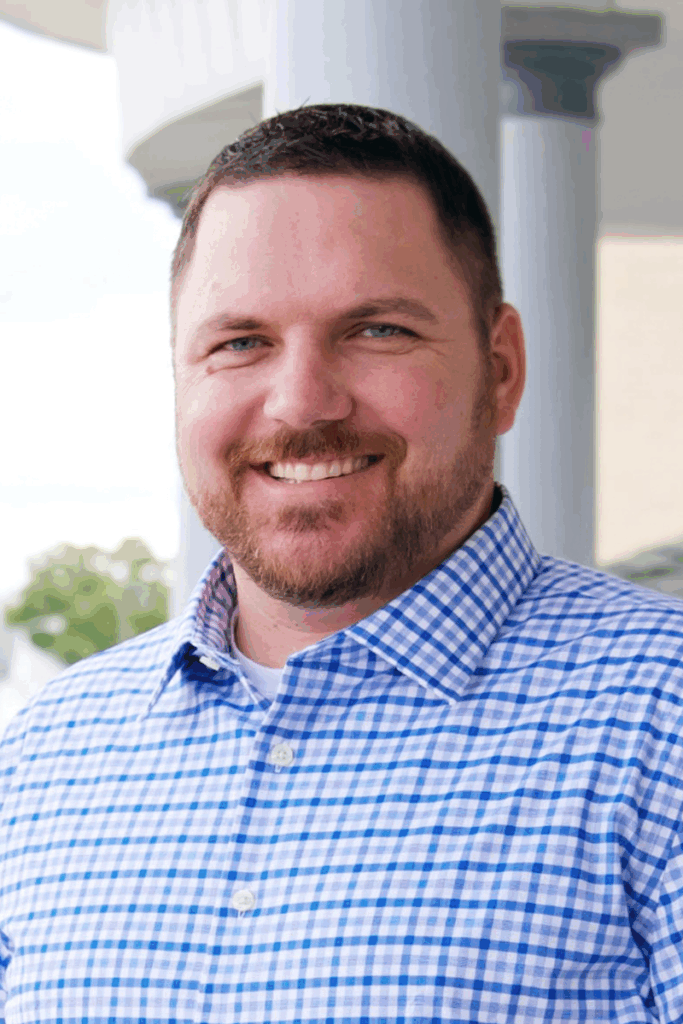Bennett Musselman of Pickaway County, Ohio has been looking for ways to increase soybean yields and the Take Cost Out Plot (TCOP) Program from Meristem Crop Performance® was an opportunity worth trying.
“I keep trying to find a way to push yields on my soybeans acres,” Musselman said. “Any time you can experiment for higher yields with no extra costs involved, I am interested. Sign me up.”
Musselman faced an extremely challenging drought year in 2024 — the worst in over a century for the area — and struggling yields affected fertility decisions for 2025.
“We did not spread any fertility ahead of our beans. We put on a heavy dose last year and since we had terrible crops due to the drought in 2024, we decided not to spread any, assuming the removal from the crop was minimal,” Musselman said. “Across both sides of the plot we relied on Excavator® AMS with Cyclestrike™ to help us access that leftover fertilizer.”

For the roughly 40-acre Meristem side of the plot, naked soybeans were planted with a treatment of Hopper Throttle® MaxStax™ Soybean, compared with a traditional liquid seed treatment on the other side of the plot. From there, the traditional side had a grower standard foliar application. There was a fungicide application over both sides of the plot.
The Meristem plot received drone applications of: Harvestshield™ Complete (July 7), Homestretch® NKB-S Evo and Revline® Late-Season (August 2).
The Meristem plot performed better right from the start.
“It’s on a pretty good field fertility wise. The Meristem side looked healthier all year, and the plants seemed to fill in a little better. It was the same variety of soybeans planted on the same day. The plants were a little taller and it seemed like they were podded closer together when we walked the field, so the potential was there,” Musselman said. “We were wet early on, but then the rains just shut off in August and September. Even though it turned dry in August, I was really happy with how it looked on the Meristem side. Then at harvest, yields were consistently averaging in the mid-70s on the Meristem side and the comparison plot was 10 to 12 bushels lower. I think we were one nice August rain away from 100-bushel beans in that Meristem plot.”
Dropping the cost of fertility and adding an average of 11 bushels per acre made for profitable results for the Meristem plot. With the added bushels from the Meristem program and comparing Musselman’s cost of application on both sides of the plot, the ROI was over $100 per acre.
Beyond annual profits, the Meristem products — including Excavator AMS with Cyclestrike — fit in well with the soil health goals of the farm, Musselman said.
“Our operation has been no-till since the mid- to early-80s and then very heavily involved with cover crops for the last 15 or 20 years. Our soil biology and our soil health is very important to us,” Musselman said. “One of the things my dad and I talk about is how we can get away from this high salt fertilizer use that is not benefiting us from a soil health standpoint. So, these products from Meristem give us an option to have that fertility there, produce a really good crop and have less dependence on that type of traditional fertilizer. This is something that really piques our interest.”
The successful plot results earned more Meristem product use on the Musselman farm in 2026.
“I am going to do more acres next year. The ROI is there, and we’re making extra passes anyways with our foliar feeding, so it is no extra work,” Musselman said. “If it’s going to return that type of value to the bottom line, it is definitely something that we want to look at expanding next year.”
Back to Newsroom